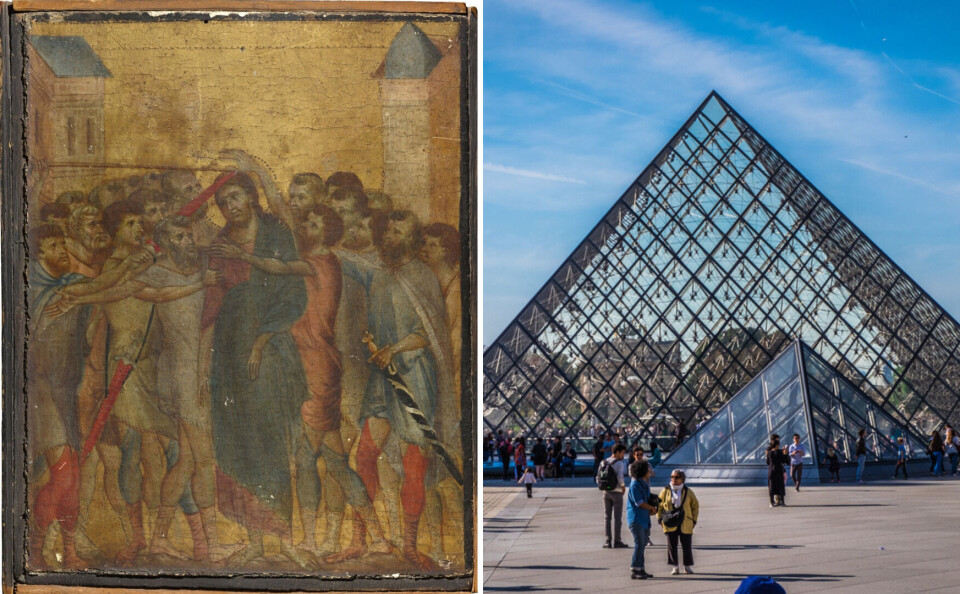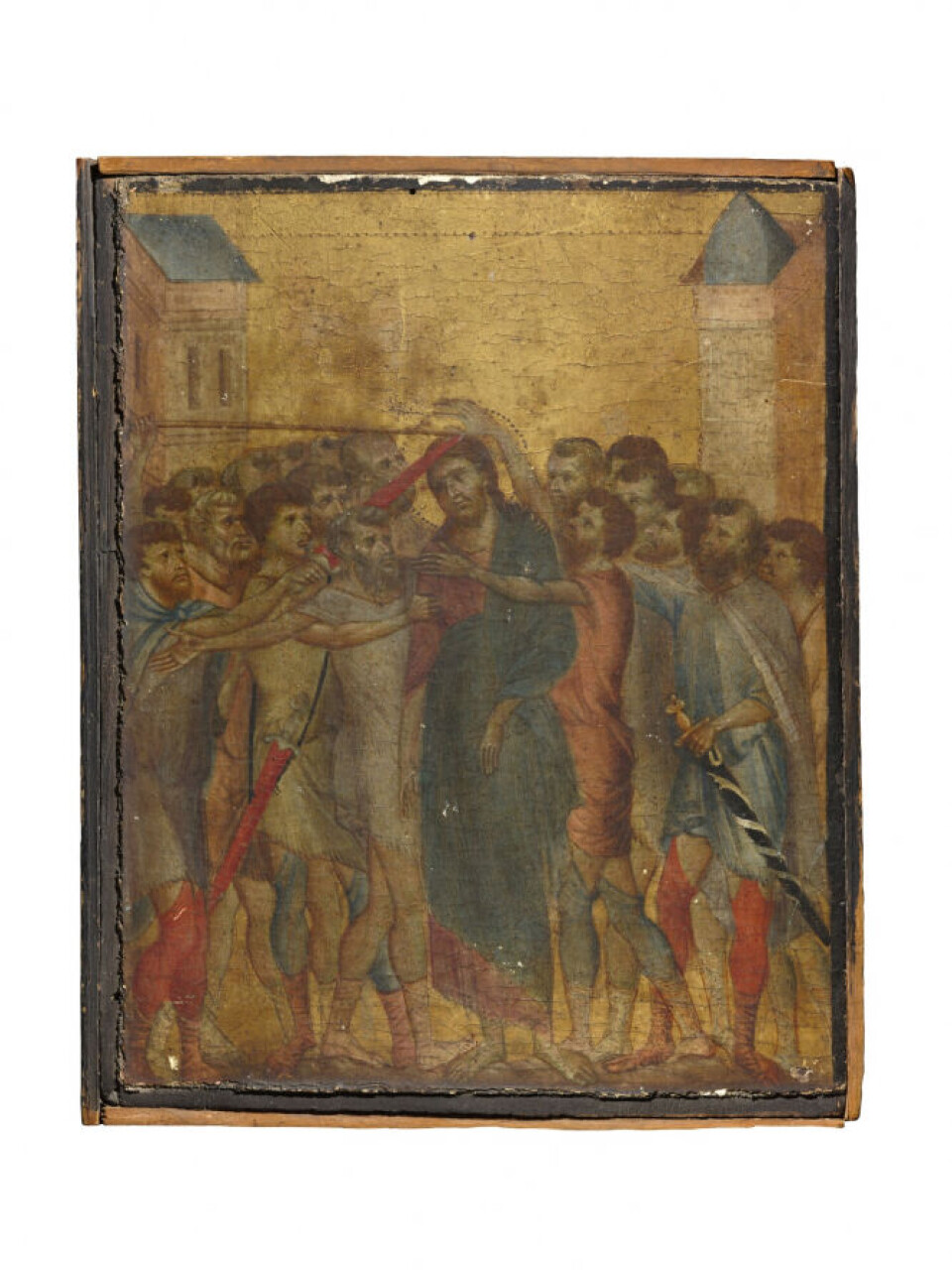-
Farmer protests to continue despite France opposing Mercosur trade deal
French opposition to free-trade deal did not swing scale on key vote
-
UK-EU talks raise hopes of easing post-Brexit rules for Britons in France
Several proposals and plans could ease some post-Brexit complications
-
French study claims ‘Dry January’ participation improves sleep and health
First major study of its kind in France praises challenge, but alcohol-free month is yet to receive official endorsement
Painting destined for the bin ends up at Louvre and valued at €24m
It is being hailed as a ‘crucial milestone’ in the history of art and will have an exhibition dedicated to it

A new masterpiece, The Derision of Christ, has joined the priceless collection of the Louvre, having been rescued from heading to the bin just a few years ago.
Painted by Cimabue, a 13th century painter from Florence, the painting will be the subject of an exhibition from 2025.
It is a "crucial milestone in the history of art, marking the fascinating transition from icon to painting," according to the museum's director, Laurence des Cars in a statement released last week.

A different destiny
The fate of this painting could have been considerably different however.
In 2019, a nonagenarian living in Compiègne in Oise (Hauts-de-France) had asked an auctioneer to visit to estimate her belongings, most of which were destined to be sent to waste disposal.
Hanging between the kitchen and dining area, a wooden frame measuring 24 by 20 centimetres caught the attention of the auctioneer because of its impressive finish.
The painting, believed to have belonged to the owner's family for many years, depicts a biblical scene of Jesus surrounded by an angry mob.
After appraisal, the work was definitively attributed to the Florentine master Cimabue (1240-1302), considered one of the precursors of the Renaissance.
Estimated at €4 million, the painting was eventually acquired by the Louvre for €24 million.
The auctioneer who found the painting Philomène Wolf, 32, had just set up on her own as a commissaire-priseur (auctioneer) the year before so it was a great first find.
“It is a wonderful thing to have happened so early in my career,” she told Connexion
Read more: French family keepsake up for auction at €24m
Exhibition in 2025
The museum has announced that it is planning an exhibition dedicated to this new painting in spring 2025, in which it will be presented alongside the Maestà, another masterpiece by Cimabue belonging to the institution's collections.
[#PresseLouvre] #AcquisitionsLouvre : Le musée du Louvre a le plaisir d’annoncer l’acquisition de deux œuvres exceptionnelles, classées l’une et l’autre trésor national.
— Musée du Louvre (@MuseeLouvre) November 3, 2023
➡️ Un rarissime tableau de Cimabue, La Dérision du Christ, rejoint les collections du département des… pic.twitter.com/lOOnNY64yL
Cimabue scholars have even come to the conclusion that The Derision of Christ was part of a series of eight panels, of which only two had been found so far.
The Flagellation of Christ is in the Frick Collection in New York, while The Virgin and Child can be admired in the National Gallery in London.
Cimabue is considered a major figure of the Italian pre-Renaissance by art historians.
His abandonment of the rigid conventions of Byzantine art, represented a crucial moment in the history of art and made him a reference for many artists, including most famously Giotto.
Read also
French couple sue dealer over €150 tribal mask that he sold for €4m
























